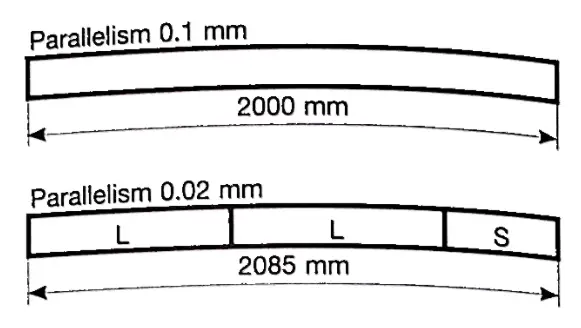As an indispensable tool in modern industrial production, bending machine molds play a key role. In this blog, we will take a deep look at the definition, application and innovation of bending machine molds, and explore their infinite possibilities in achieving precise bending and production efficiency.
1. Definition and principle of press brake dies
Bending machine molds are tools used to process metal materials, which bend materials such as metal sheets into the desired shape by applying force. It consists of an upper mold and a lower mold, and the bending operation is completed by the movement of the upper and lower molds. The design and manufacture of bending machine molds need to consider factors such as material strength, elasticity, and processing accuracy to ensure accurate bending results.
2. Application fields of press brake tools
Bending machine molds are widely used in various industrial fields, including automobile manufacturing, aerospace, construction, home appliances, shipbuilding, etc. They are used to make various metal products such as body parts, components, equipment housings, etc. The accuracy and stability of bending machine molds are essential to ensure product quality and production efficiency.
3. Innovation and development trend of press brake tooling
With the continuous advancement of industrial technology, bending machine molds are also constantly innovating and developing. By adopting advanced materials and manufacturing processes, the hardness, wear resistance and life of the mold are improved. The application of digital technology makes the mold design more precise and efficient. The introduction of automation features improves the efficiency and stability of the production line.
4. Quality control and maintenance of bending machine molds
In order to ensure the performance and life of bending machine molds, quality control and regular maintenance are very important. Strict quality inspection and testing ensure the accuracy and stability of the mold. Regular cleaning and lubrication can extend the service life of the mold and ensure its normal operation.
The wide application and continuous innovation of bending machine molds have brought great convenience and benefits to modern industrial manufacturing. We are passionate about the research and development and application of bending machine molds, and continue to work hard to promote the improvement of their technical level and performance. I believe that with the further development of technology, bending machine molds will continue to play an important role in promoting the progress and development of industrial manufacturing.
We are committed to providing high-quality bending machine molds and working closely with customers to provide them with customized solutions. If you have any needs or inquiries about bending machine molds, please feel free to contact us and we will serve you wholeheartedly.
